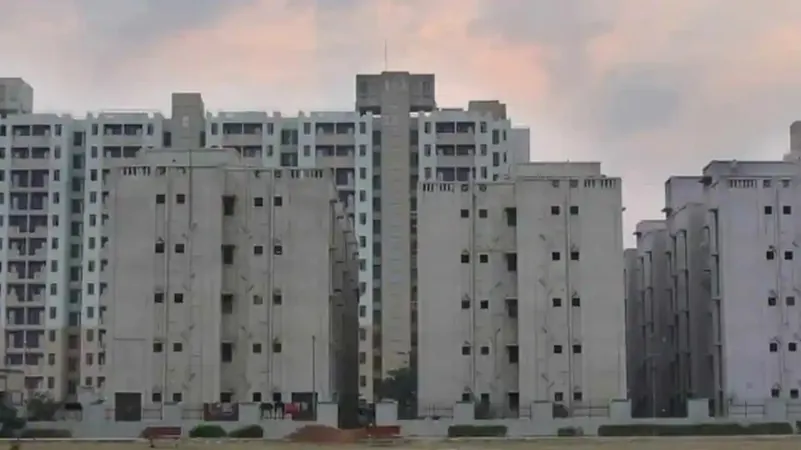
Huge Leap in Residential Leasing Activity: Up 24.4% in Q3! Here's Why It's Happening!
2024-11-14
Author: Yu
SINGAPORE: In a stunning revelation, the latest report by the Singapore Business Review has highlighted that leasing activity for non-landed residential properties skyrocketed by 24.4% quarter-on-quarter in the third quarter (Q3), reaching a staggering 25,731 transactions. This significant surge is primarily attributed to a mix of seasonal factors, including the back-to-school period, corporate relocations, and lease expirations coupled with renewals.
Breaking down the figures further, the Rest of the Central Region (RCR) experienced the highest growth, recording an impressive 25.2%. The Core Central Region (CCR) saw a robust rise of 23.5%, while the Outside Central Region (OCR) trailed with a respectable increase of 21.2%.
What’s Driving This Leasing Surge?
This boom in leasing volume can largely be traced back to tenants seeking more appealing rental options, facilitated by a decrease in rent prices and a surge in new property supply. Notably, this marks the first quarter-on-quarter increase in leasing for non-landed private residences island-wide, reflecting a thorough shift from public housing to entry-level condominiums for many residents.
Interestingly, there is a noticeable trend among tenants gravitating towards one- to two-bedroom units, abandoning the previously popular concept of sharing larger living spaces. This shift is believed to be influenced by a consistent decline in rents over the past four quarters, which has encouraged individuals to seek independent living arrangements.
Among the top properties driving this leasing activity are Stirling Residences, The Sail @ Marina Bay, and Marina One Residences, all of which have garnered a significant number of transactions.
However, amidst this surge, the Core Central Region (CCR) is facing challenges as it continues its downward rental trend, reporting a 1.6% quarter-on-quarter decline for the fifth consecutive quarter. High-end non-landed properties also saw a slight decrease of 0.9% in Q3.
The Savills report projects that rental prices may stabilize by year-end, but not without challenges. Ongoing market supply and budget pressures on tenants hint at the potential for further shifts—expecting tenants to move from public flat markets and single-room lettings into whole apartment rentals. Looking ahead to 2024, experts predict a 5% year-on-year decline in rental prices.
Alan Cheong from Savills Research commented on the situation, stating, "As rents have significantly decreased, we anticipate a resurgence in demand, which might lead to rent stabilization by the end of 2024. However, for 2025, we foresee rents holding steady as businesses continue to face economic headwinds and closely monitor labor costs."
With such shifts in the residential leasing landscape, it’s an intriguing time for both tenants and property investors in Singapore. Keep an eye out for further developments in this dynamic market!



 Brasil (PT)
Brasil (PT)
 Canada (EN)
Canada (EN)
 Chile (ES)
Chile (ES)
 España (ES)
España (ES)
 France (FR)
France (FR)
 Hong Kong (EN)
Hong Kong (EN)
 Italia (IT)
Italia (IT)
 日本 (JA)
日本 (JA)
 Magyarország (HU)
Magyarország (HU)
 Norge (NO)
Norge (NO)
 Polska (PL)
Polska (PL)
 Schweiz (DE)
Schweiz (DE)
 Singapore (EN)
Singapore (EN)
 Sverige (SV)
Sverige (SV)
 Suomi (FI)
Suomi (FI)
 Türkiye (TR)
Türkiye (TR)